Mycorrhizae part 3 – testing for fungi
What soil biology tests say about mycorrhizal fungi colonization
Microbiological tests are becoming a more common tool used by farmers to gain a greater understanding of soil health. In the third article in the series on the contribution mycorrhizae fungi make to plant health and production Michael Amaranthus and colleagues review the relationship between different tests and root mycorrhizal colonization.
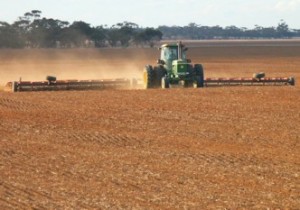
Unfortunately, mycorrhizal fungi are invisible to the naked eye, so determining their presence in a field or on a crop is essentially impossible without a microscope. The simple solution is to send root samples from crops and grasses from the target field to a qualified lab for professional analysis. It is important that you choose a lab carefully, as not all plant or soil labs perform this kind of testing. To avoid the possibility of inaccurate root colonization testing, look for a lab specializing in mycorrhizal analysis.
With annual crops it’s best to take root sample(s) at least 8-12 weeks after seeding. This allows the mycorrhizal structures inside the root cells to develop to a size that is visible and identifiable under the microscope. If the soil you want to check is fallow and will remain so for awhile, simply plant a small plot of a quick growing host plant such as sudan or rye grass and test it.
Another way to assess mycorrhizal populations is to have a soil sample analyzed for numbers of ambient mycorrhizal spores, hyphae and colonized root fragments. Be aware that this type of testing is usually more difficult and expensive to perform and the results are often less assertive than those of root colonization analysis, so we recommend root colonization testing as the preferred method if at all possible.
Other biological tests
Besides the usual soil tests that give us basic nutrient analysis, soil labs these days often offer numerous sorts of biological soil assays that can give us some insight and understanding of the potential for abundant mycorrhizal colonization, even though they usually do not measure the actual presence of mycorrhizal fungi. Soil biology itself is incredibly intricate- science knows much more about outer space or life on the ocean floor than it does about the everyday ecosystems in the soil just a few inches beneath our feet.
Thus soil bioassays providing data on things like Microbial activity, Actinobacteria Biomass Ratios, Fungivores, Bacterivores, Mononchida, Dorylaimid, Organism Biomass Ratios, and other biological parameters appear profoundly daunting, and indeed, they can be. Yet among this complexity remains a somewhat counter-intuitive and relatively simple fact: mycorrhizal fungi require just one essential thing to survive: the living roots of a host plant. They do not even require soil or any other collateral soil organisms besides the host plant as is so clearly evidenced by their widespread use in hydroponics.
So they do not need any of these other organisms to live, nor does the presence of any of these myriad rhizospheric organisms necessarily dictate the presence of mycorrhizal fungi. So mycorrhizae may be abundant on plant roots in soil with otherwise poor populations of soil microorganisms, or absent on a plant growing in biologically rich soil. Both scenarios are less common, but far from impossible- especially in highly manipulated soils like those in agricultural production.
Soil nutrients, other levels of soil biological activity, pH, and all the many other parameters that might be identified in various soil tests really do not offer appreciable insight to existing levels of naturally-occurring mycorrhizal populations. These indicators may, however, play a role in predicting the success of efforts to colonize future crops.
Healthy mycorrhizal fungi populations primarily exist due to long-term, rarely interrupted habitation by colonized host plants. Under most circumstances, whether the land is being currently managed as no-till, organic, conventional or otherwise is of minimal consequence compared to its long-term history.
What usually matters more is if the soil has a history of undergoing either periodic or ongoing combinations of tilling, leveling, fumigation, applications of certain chemical fungicides or seasonal planting of non-mycorrhizal crops (e.g. canola) that may have resulted in prolonged periods of fallow, absence of mycorrhizal host plants, or demise of the mycorrhizal organisms themselves. Then mycorrhizal populations are often lost or diminished to non-effective levels. This may apply even to long-term perennial crops such as alfalfa.
While biological soil test results (other than those discussed above specifically related to identifying mycorrhizae) do not provide proof of mycorrhizal populations one way or the other, they can be indicative of mycorrhizal activity and can certainly serve as a valuable tool for predicting the success and sustainability of mycorrhizal colonization in the future.
Other biology tests
Mycorrhizal fungi are stimulated and their development is enhanced and often accelerated by untold levels of symbiosis and mutualism among thousands of other microorganisms in the rhizosphere. As described in the first article of this series, these fungi have been a integral part of the soil /plant interface from the very beginning- probably as long as soil as we know it has existed. So it only makes sense that over the millions of years, countless soil microbe species have adapted to the ubiquitous presence of mycorrhizal hyphae, embracing it as a much-preferred habitat.
By stimulating the fungi, the microbes further expand their favored habitat, becoming able to support a larger population, in turn providing the mycorrhizae with more stimulation and so on… Mycorrhizal fungi should be considered an optimum baseline habitat for many of the collateral organisms in the rhizosphere.
Some of the parameters often targeted by biological soil tests are listed here describing their respective influences relative to mycorrhizal fungi:
Microbial activity: the term “Microbial activity” represents the combined enzymatic activity of (most) soil micro-organisms in the soil sample, including mycorrhizal fungi, should they be present. A higher value may be indicative of abundant mycorrhizal populations and activity because 1) the mycorrhizal hyphal network produces significant enzymatic activity and 2) the hyphal network is also represents a preferred environment among many soil bacteria and other fungal species, thus stimulating enzymatic activity among those populations.
However, numerous other factors can create similar favorable responses among these various organisms in the absence of mycorrhizae, so while elevated “Microbial activity” in a tested sample may be indicative of mycorrhizal fungi, it does not necessarily correlate directly to mycorrhizal populations or activities.
Fungivores: Research exploring the relationships between fungivores (primarily certain nematode species) and VAM mycorrhizae is limited. However, the existing data suggests that mycorrhizal growth is actually stimulated in some VAM species as populations of fungivore nematodes increase, while the growth of other VAM species is stimulated by low and moderate nematode pressure but suppressed by high nematode densities.
It is unclear, however if the suppression of hyphal growth results in an overall reduction in mycorrhizal activity on the host plant. Because many non-mycorrhizal factors in the soil environment can also influence fungivore populations, the populations of these organisms found in soil samples cannot be directly correlated to mycorrhizal populations or activities.
Bacterivores: This group of organisms, which, in addition to nematodes, can also include protozoa, amoebae, mites and other bacteria, feeds on bacteria and does not have any direct influence on mycorrhizal fungi. However, an extremely elevated population of these organisms could result in an overall decline in the beneficial bacteria that serve to stimulate mycorrhizal colonization and growth activity.
Because many non-mycorrhizal factors in the soil environment can also influence bacterivore populations, the populations of these organisms found in soil samples cannot be directly correlated to mycorrhizal populations or activities.
Mononchida: A predator group of nematodes that consumes micro-fauna but generally does not attack fungi. Mononchida populations cannot be directly correlated to mycorrhizal populations or activities.
Large Dorylaimida: Species from this group of nematodes are known as plant parasites and carriers of certain soil-borne viral diseases. Mycorrhizae are known to suppress these organisms via chemical exudates and, when populations become moderately elevated, by strangulation. While mycorrhizae are able to suppress populations of these organisms, Large Dorylaimida populations cannot be directly correlated either positively or negatively to mycorrhizal populations or activities.
Organism Biomass Ratios: While these various ratios are valid evidence of a productive or limited soil environment for most crop plants, they are not necessarily indicative of mycorrhizal abundance or presence. The more favorable biomass ratios indicate a favorable environment for mycorrhizal fungi should they be present, but do not confirm their presence in the samples one way or the other.
Actinobacteria Biomass Ratios: Being the predominate decomposing organisms in the soil, a high ratio of Actinobacteria indicates good mineralization of organic resources provided those resources are sufficiently abundant. High ratios are also indicators of biological activity and the associated availability of organically derived nutrients, both of which can be factors in mycorrhizal vigor, yet they still do not establish mycorrhizal fungi as a definitive component in a biosphere sample.
Mycorrhizal maintenance
Agronomy methods supporting elevated biological soil activity, which certainly include practices such as no-till, cover or phase cropping, applying compost teas and compost fertilisers are to be encouraged because they will inevitably accelerate mycorrhizal colonization and growth as well as sustain healthy mycorrhizal levels once these populations are established in the first place. But it is also important to know that insecticides, nematicides, herbicides (including pre and post emergent residuals) have little or no negative impact on mycorrhizae.
If mycorrhizal populations are low or absent, restoration to effective levels becomes the key to cropping benefits. Yet acceleration of a very slow process is still slow- just not as slow. The importance of these supportive methods has far more to do with maintaining effective mycorrhizal activity once sufficient colonization has been restored than with the restoration itself. So the more immediate question becomes: how to restore the mycorrhizal populations in a timely manner? Restoration via natural sources can take many years, even decades. A more practical answer may be the use of commercial mycorrhizal inoculants.
Article 4: The good, the bad and the ugly: Methods for restoring and maintaining optimal mycorrhizal activity in croplands and pastures. This article will review inputs and practices which may impact mycorrhizal colonization both positively- composts, compost teas, seaweed extracts, no-till, etc – and negatively- fungicides, pesticides, herbicides, fertilizers, frequent tilling, fallow rotations, etc.
Find out more:
Dr Michael Amaranthus is a scientific paper published soil microbiologist; co-writers are Larry Simpson, director of education and training, Mycorrhizal Applications, Inc, Grants Pass, Oregon US larry@mycorrhizae.com; www.mycorrhizae.com; and Dr Nick Malajczuk, director of MAI (Australia) Pty Ltd Bunbury WA, nick@maiaustralia.com.au . Copyright Michael Amaranthus.
Testing and interpreting mycorrhizal colonization
Dig up a grapefruit-size ball of roots, shaking off as much loose soil as possible, but do not wash the roots. Some soil adhering to the roots is OK. Be sure that the sample includes lots of fine roots. Coarse root tissues such as tap roots are not particularly useful. Next, wrap the slightly moist root sample in paper (a grocery bag works well) and then secure the paper package inside a plastic bag. Identify each sample bag clearly and keep a record for yourself that indicates which sample is which.
Try to send the sample(s) to arrive at the selected lab within 3 days. It’s always best to contact the lab ahead of time so that they will be expecting the sample(s) since prompt attention upon receipt is important. The testing process takes some time, so expect about 30 – 60 days before receiving results from the lab. The results of root colonization analysis from these samples will tell you whether your sampled plants and perhaps the surrounding soil are harboring significant mycorrhizal fungi populations.
Mycorrhizal colonization of about 30% or more measured just prior to harvest (or, for perennial crops or grasses, after one full season of growth) generally indicates that the crop plant is receiving significant benefits from the symbiosis. Different plant species have different mycorrhizal dependencies, meaning they will colonize at different rates. Also, factors in the soil such as abundance or lack of organic matter or collateral microbial activity may affect the % colonization. Therefore, colonization rates much higher than 30% are common, yet these higher rates do not necessarily translate into significantly greater benefits.
If the root sample was taken early or mid-season- perhaps at 8 to 10 weeks post-planting, % colonization as low as 15% or 20% may be well be considered satisfactory, as the percentage will probably continue to increase until the crop matures. If % colonization test results are significantly less than the benchmark figures it is unlikely that the crop or pasture will derive significant mycorrhizal benefits until mycorrhizal populations are elevated.

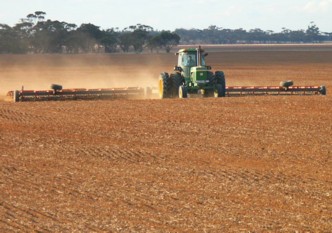
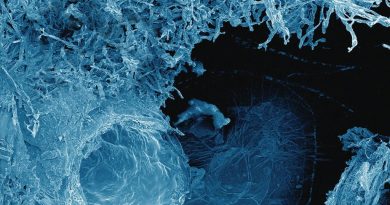
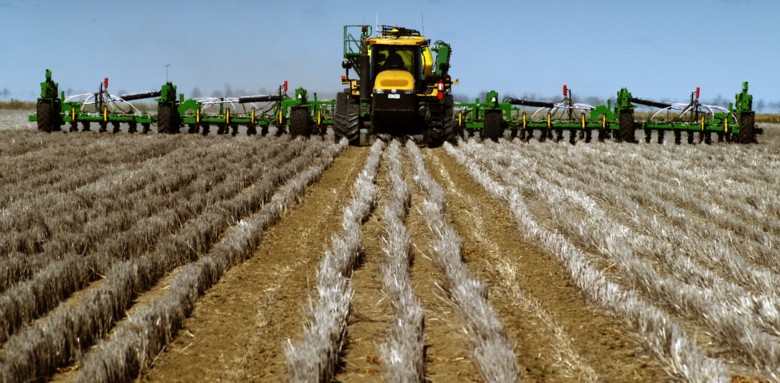
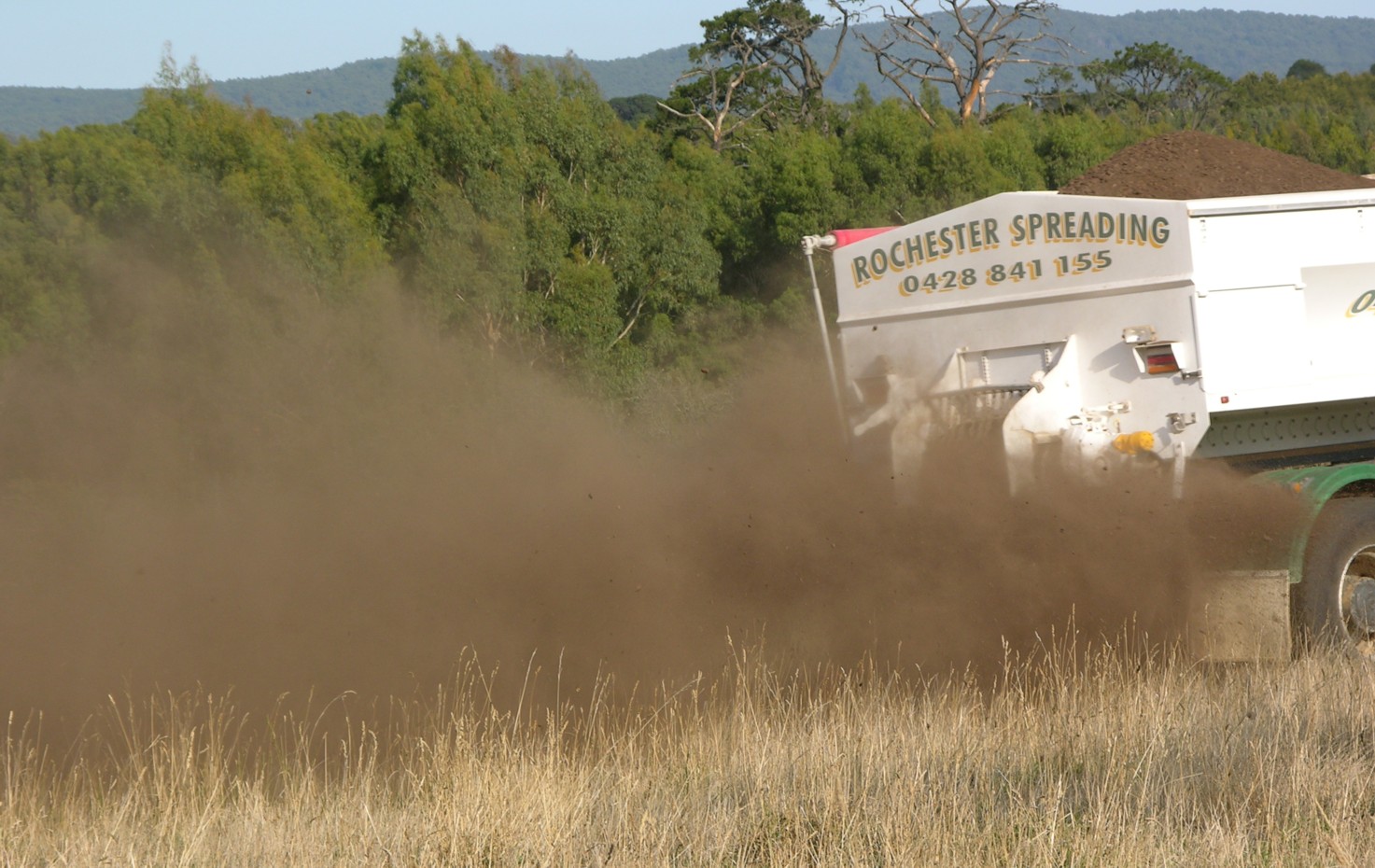
Mycorrhizae cannot be accurately quantified in roots without staining and clearing of the roots. There are methods that use vinegar/bleach and black ink that could be used with a microscope, but there are specific techniques that need to be followed.
Using spores is not a good method as each species differs in terms of their spore production.